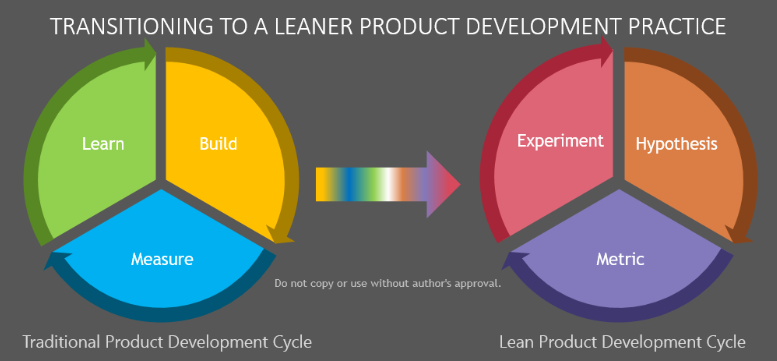How failures lead the way towards success in lean Product Management
Failure could be the pre-step to success, it just depends on how you strategize the failure for success
Failures are often observed as negative events. Failures could produce not-so-proud moments, especially for the person who is taking challenges head-on. However, it also has a huge potential, provided the right failure-handling strategy is in place. It means, anticipating failure, taking out clues from failure, and applying it in the next experiment to pave the way for success amidst failures.
Failures could be good if strategized to be so!
Learning from failures is not a new concept. As the human race, we have been doing it for a long time now. The new thing is to position failures as a strategic stepping stone toward success. While building & managing products, product managers work with so much uncertainty and ambiguity that it is essential to make failure part of your strategy and not a shocking event.
Traditionally, we tend to follow the Build > Measure > Learn > Build cycle. Although this has been around for long, it's not lean. This approach is resource-intensive and has often a longer turnaround time. This might have worked for us in the past but is losing value at the current time and will most definitely become redundant in the future. This will happen not because there is anything wrong with this strategy. Rather, it will happen because times are changing, product life cycles are becoming shorter, customer expectations are getting higher and resources are getting scarce.
The lean product approach uses the Hypothesis > Metrics > Experiments > Hypothesis cycle to strategize, define, and validate an expected outcome. By the very nature of this cycle, it formulates scenarios in the form of a hypothesis, frontloads risks, anticipates success and failure through metrics, and validates the hypothesis against metrics using experiments. And, all this can happen quicker, leaner and more effective. Hence, Leaner!
This is a lean approach to being less invested in the interim ups and downs and staying more adaptive to success or failure. This is a forward-looking approach, focused on a bigger goal. Success and failure are just turning signs on the road to the goal. They help a product manager to stay alert, informed, focused & indifferent at all times, while building greater products, but in a leaner fashion.
Keep building and managing bigger and more impactful products. But, don't forget to stay Lean by applying the leadn scientific approach to product management!
About the Author
Priydarshan Jha (PJ) is a Product Leader with a vivid interest in working with People, Processes, and Platforms to create Product First organizations. He has expertise in Product Consulting, Product Strategy, Product Management, Product Agile Transformations, and coaching. He is passionate about mentoring and coaching learners in the Product and Agile space.
Connect with Priydarshan on LinkedIn and DM for more in-depth discussions!
Disclaimer:
The views and opinions expressed in this blog post are those of the author and do not necessarily reflect the official policy or position of the company they have been associated with. The information contained in this post is for professional learning purposes only and is not intended to be a substitute for professional consultation and advice. The author makes no representations or warranties of any kind, express or implied, about the completeness, accuracy, reliability, suitability, or availability of the content of this post. The author will not be liable for any errors or omissions in this information or any losses, damages, or other liabilities that may arise from its use. It is the reader’s responsibility to verify the accuracy and reliability of any information provided in this post before relying on it for any purpose.






